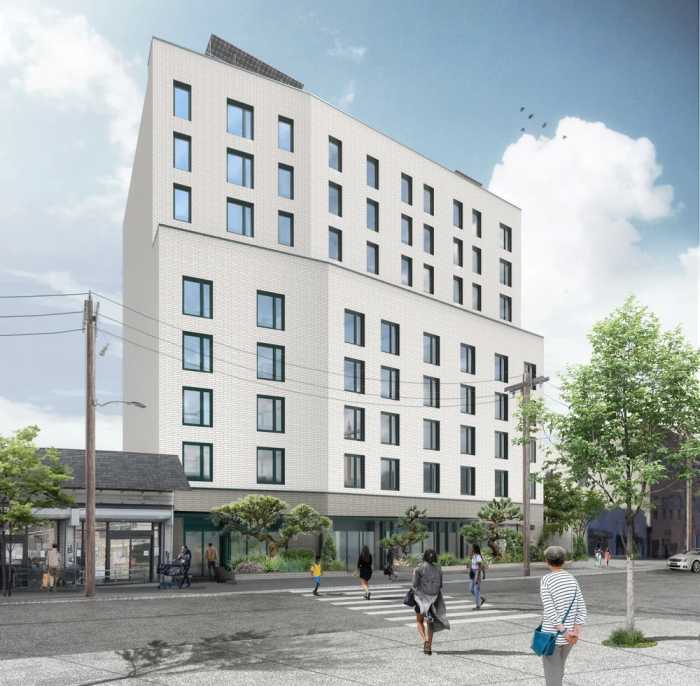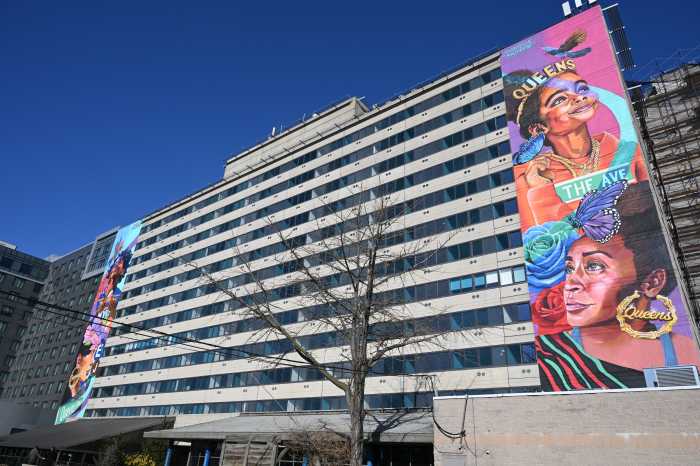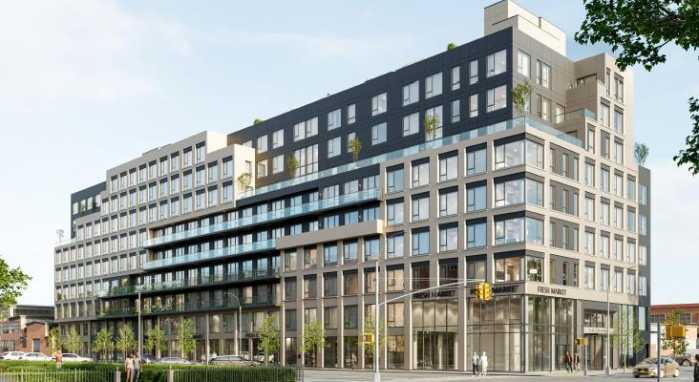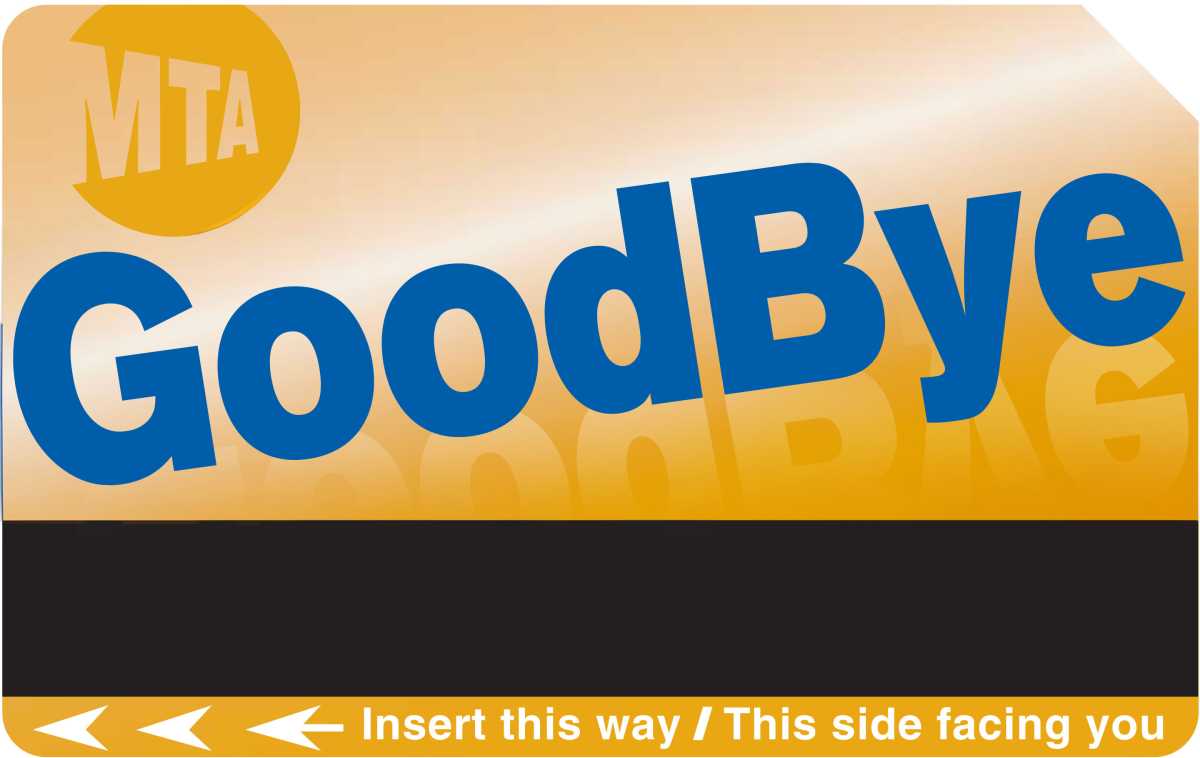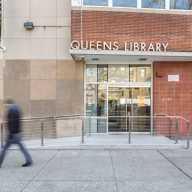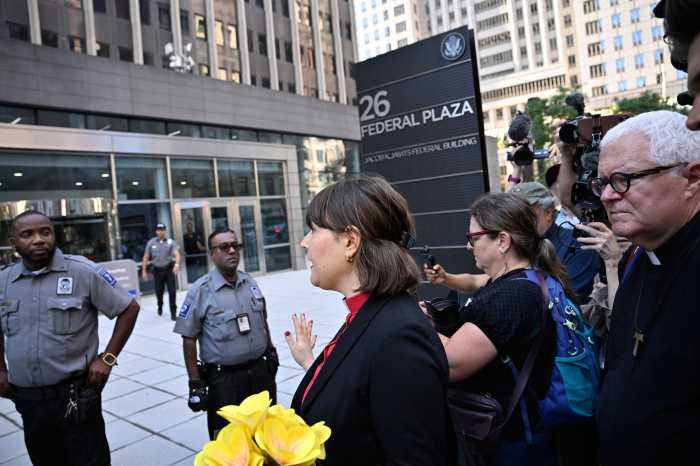First-time foreclosures in Queens and throughout the city are approaching levels not seen since the aftermath of the 2008 financial crisis, according to a new report.
Queens saw a 40 percent increase in foreclosure cases from 2016 to 2017, a report from real estate site PropertyShark said. A total of 1,260 first-time foreclosures were recorded for the borough in 2017.
The 11434 ZIP code, which covers areas of Jamaica, Rochdale and Springfield Gardens, saw the most foreclosures last year in both the borough and the city, with 114 recorded cases. The area, a “known foreclosure hotspot,” was the only Queens ZIP code to see more than 100 cases in 2017, according to PropertyShark.
The ZIP codes with the second and third most foreclosures were 11412 and 11413, which lie directly east of 11434. These ZIP codes include areas of St. Albans, Hollis and Laurelton.
In the western part of the borough, areas of Astoria, Long Island City and Rego Park saw the least number of foreclosures. In eastern Queens, Fresh Meadows, Hollis Hills and Glen Oaks posted the lowest numbers.
While Queens saw the highest number of foreclosure cases in 2017, it did not see the highest percentage increase year-over-year: Staten Island saw the most dramatic percentage increase. With 428 foreclosures recorded in 2017, compared to 183 in 2016, the borough saw a 134 percent increase year-over-year. Brooklyn and the Bronx also saw higher percentage increases.
In 2017, foreclosure auctions in New York City “exploded,” according to PropertyShark. The numbers recorded last year were close to levels seen after the 2008 financial crisis.
After peaking in 2008, new foreclosures in NYC dropped steadily in following years until numbers bottomed out in 2012. A “slow but steady” increase followed.
In 2017, a total of 3,306 New York City homes were scheduled for auction, representing an overall increase of 58 percent year-over-year. The number of cases has almost doubled since 2015.
The PropertyShark study focused on residential properties scheduled for auction for the first time in 2017. Residential properties included were single- and two-family homes and condo and co-op units.
View the full foreclosure report on the PropertyShark website.


